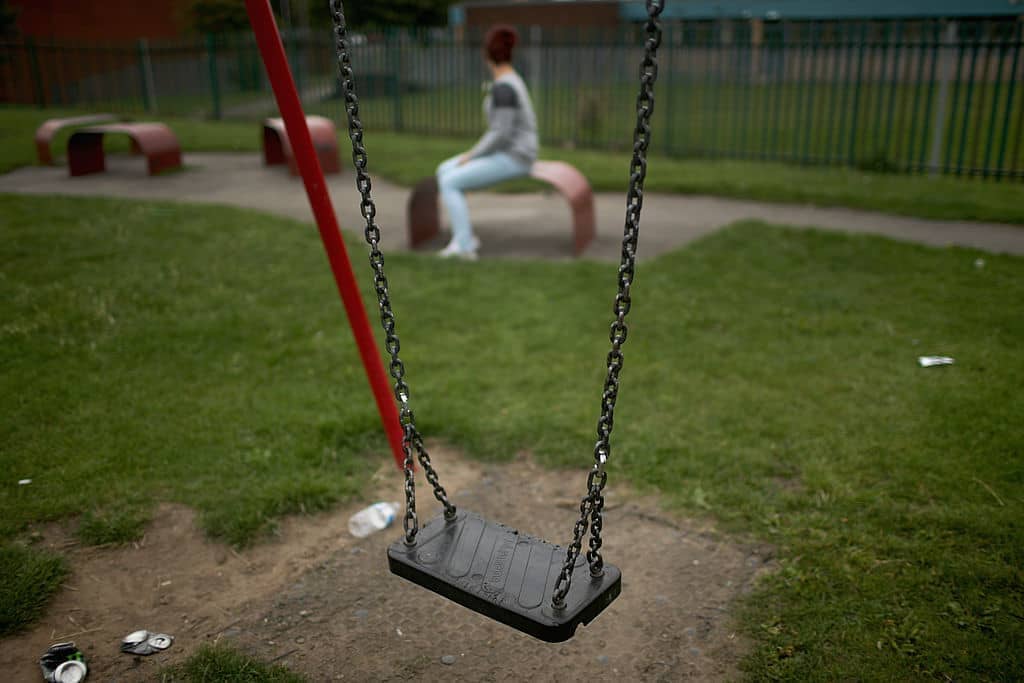After a tumultuous childhood and breakdown in family relationships, I ended up in the hands of social services. I remember my social worker dropping me off at the door of my emergency accommodation with a bag of clothes and little else. On my first day, while filling out my induction paperwork in the office, a staff member asked me: ‘What’s a girl like you doing in a place like this?’. I was far too ‘nice’, he said, to be trapped in their prison-like environment. His comment perfectly summarises a common attitude within the social care system to the young people it was set up to help.
This week, the Independent Review of Children’s Social Care released its final report, outlining the need for an urgent overhaul of the care system in England. Having spent the ‘better’ part of four years under social services, I am wearily familiar with the system’s pitfalls. I have seen the impact of social services’ mismanagement on children’s wellbeing and future prospects.
By this time next decade, there could be close to 100,000 children in care in Britain. The care system costs approximately £10 billion per year to maintain, yet the outcomes for care leavers remain incredibly poor. This is because all too often the current system offers a binary choice: stay in a home where there is obvious risk to a child; or move the child into care at the risk of compromising their long-term physical and mental health.
Local councils like my own saw the children under their care as case numbers, tarnishing us all with the same ‘troubled’ brush
Local councils like my own saw the children under their care as case numbers, tarnishing us all with the same ‘troubled’ brush. It was clear to me, from the day I stepped foot into that emergency home, that this was not an environment conducive to care or success. Those barren walls were more reminiscent of a holding cell than a home. Security cameras covered every inch of the property – except the bathrooms and bedrooms – because any black spots could be used to do drugs or beat up fellow residents.
The washing machines were mouldy; the showers too. The kitchen sink was often piled up with dirty dishes and rotten food. The walls were littered with posters about knife crime, gang violence, sexual assault and substance abuse, as though they expected us to be criminals or criminals in-waiting. Care staff and a security guard kept watch over residents at all times. There was a near-constant police presence due to the level of violence and criminal activity on the property. The riot-proof doors didn’t help to create a sense of care and support either.
My social worker sought to remind me at every turn that I was a troublemaker and a burden. I will never forget being asked, when speaking about physical abuse I had suffered: ‘If you were abused why are there no bruises?’.
There was always the unspoken accusation that I had somehow brought my situation on myself. That I, and other young people in my situation, had chosen to end up under social services. That we ought not expect a resolution or anything better for our futures, because ‘kids like us’ were destined to become products of the system. This attitude is the fundamental problem in children’s social care
If kids are conditioned to expect disappointment, isolation and failure, how can we expect them to achieve in later life? If families are resigned to the fact that, once their child is gone, there is no way back, how can they rebuild relationships and regain stability in the family unit? If social workers can’t see beyond a case number and construct an individual care plan, with a focus on stability and continuity of care, how can they foster a healthy support system around the child?
The statistics about those who end up in the care system are damning: a quarter of prisoners on the average prison estate will have experience of the care system; children in care are considerably more likely than their peers to come into contact with the criminal justice system. Fewer than one in ten care leavers progress onto higher education in an average year.
The review makes clear that the current care system does not fulfil its duty to support children’s wellbeing and encourage future success. Yet the fundamental flaws in the system cannot be addressed by simply throwing cash at it: changing the approach to vulnerable kids and families must happen from the bottom up, and that starts with social workers themselves.
Nothing beats the family environment when it comes to raising children. As outlined by the Centre for Social Justice in their response to the Independent Review, a hybrid model could be far more beneficial for kids’ wellbeing and future prospects. Where there are problems in the family home, or where there is a risk of the child being taken into care, delivering earlier and more intensive intervention; offering respite care for the child; and identifying a wider family network that can offer kinship care or support the birth parents, could allow children to remain out of care wherever possible.
Care homes and group accommodations like those that I experienced are truly inadequate substitutes for a strong family unit. Supporting families to stay together as long as safe and practical should be a primary focus of the system, rather than flushing more money into for-profit care homes and late-stage interventions. The more kids we can keep out of care, the better.






Comments